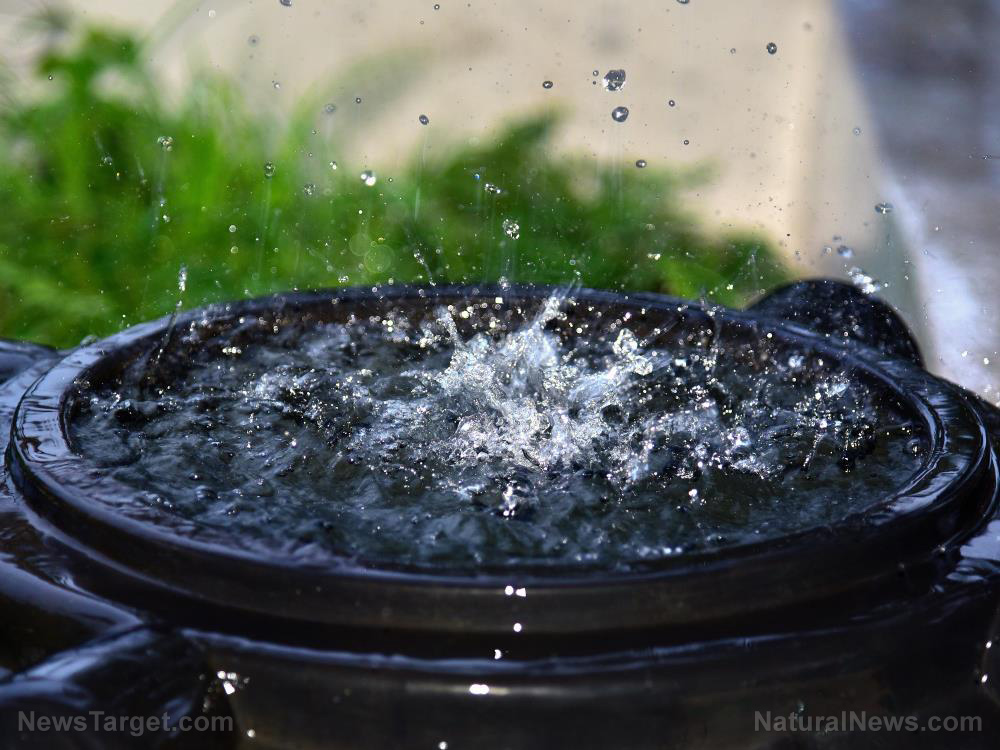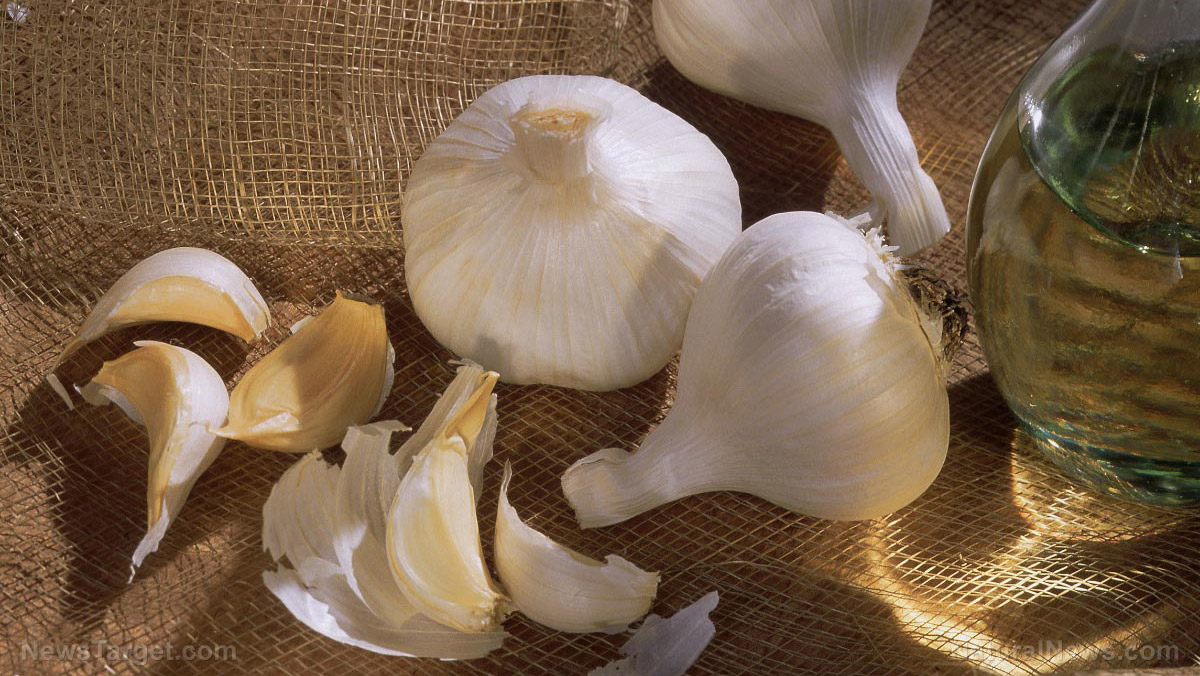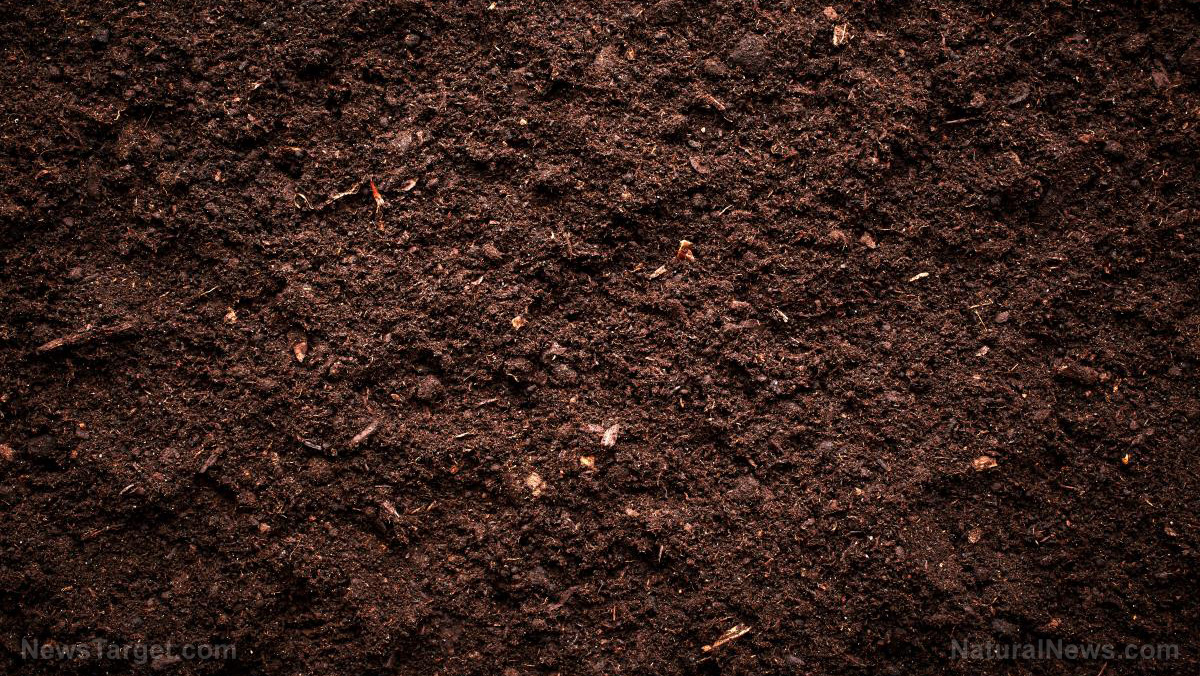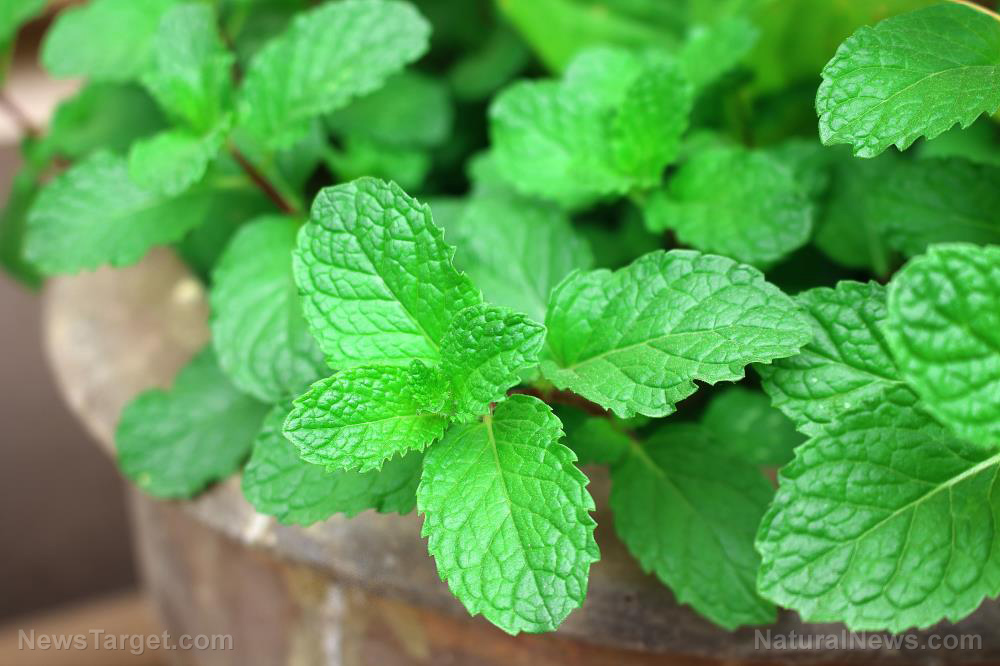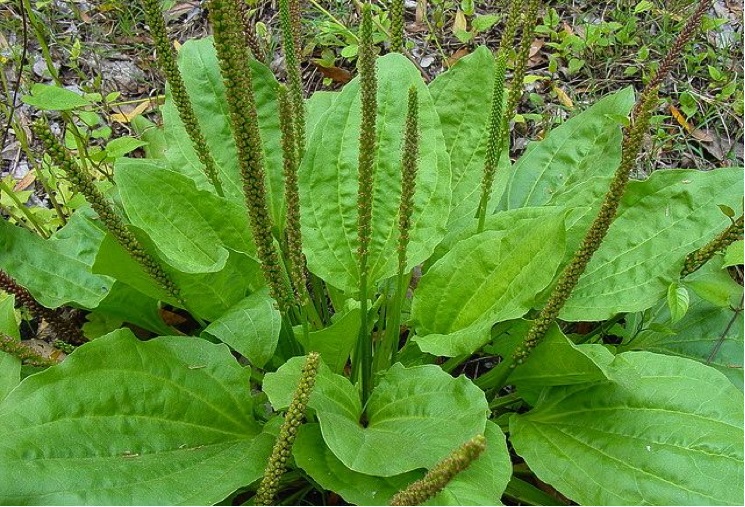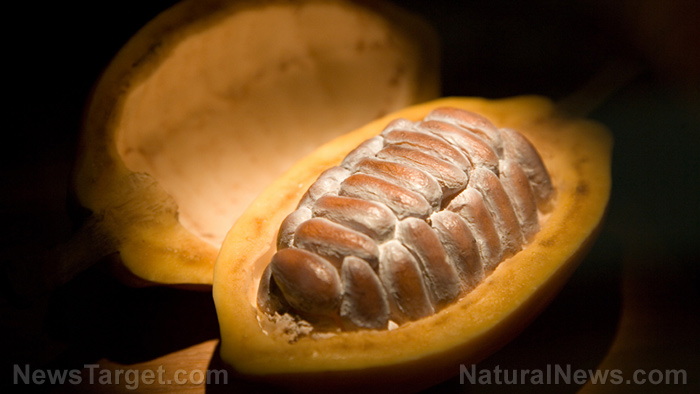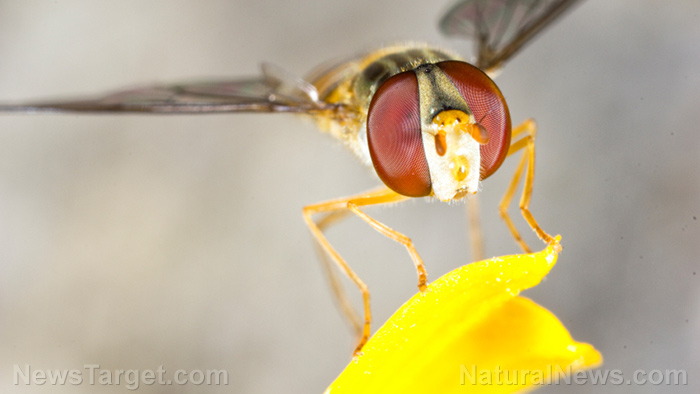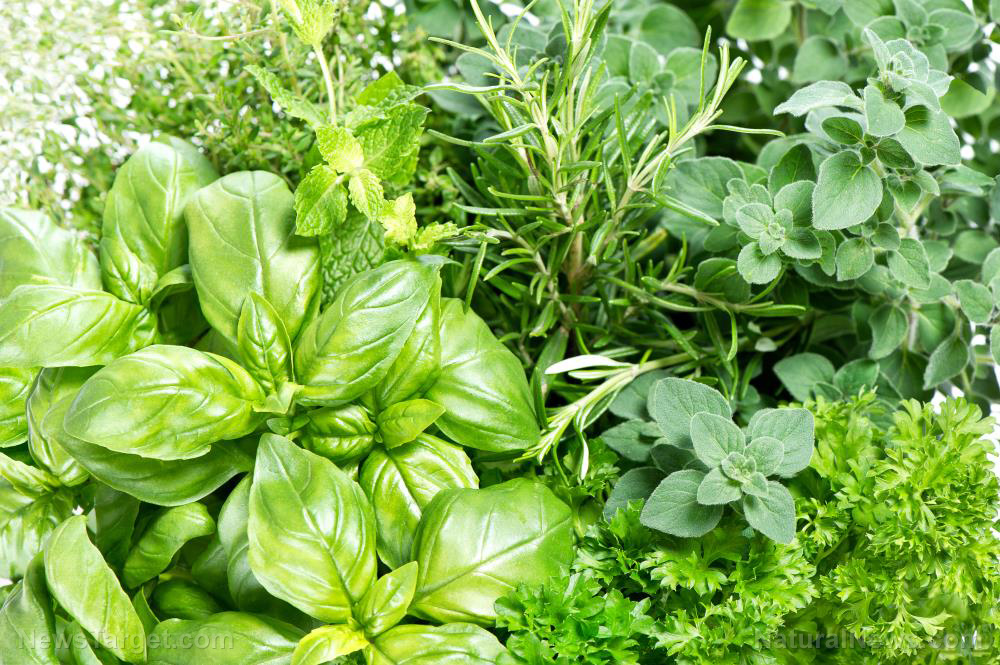Researchers look into more ways of turning food waste into good livestock feed
10/01/2018 / By Edsel Cook
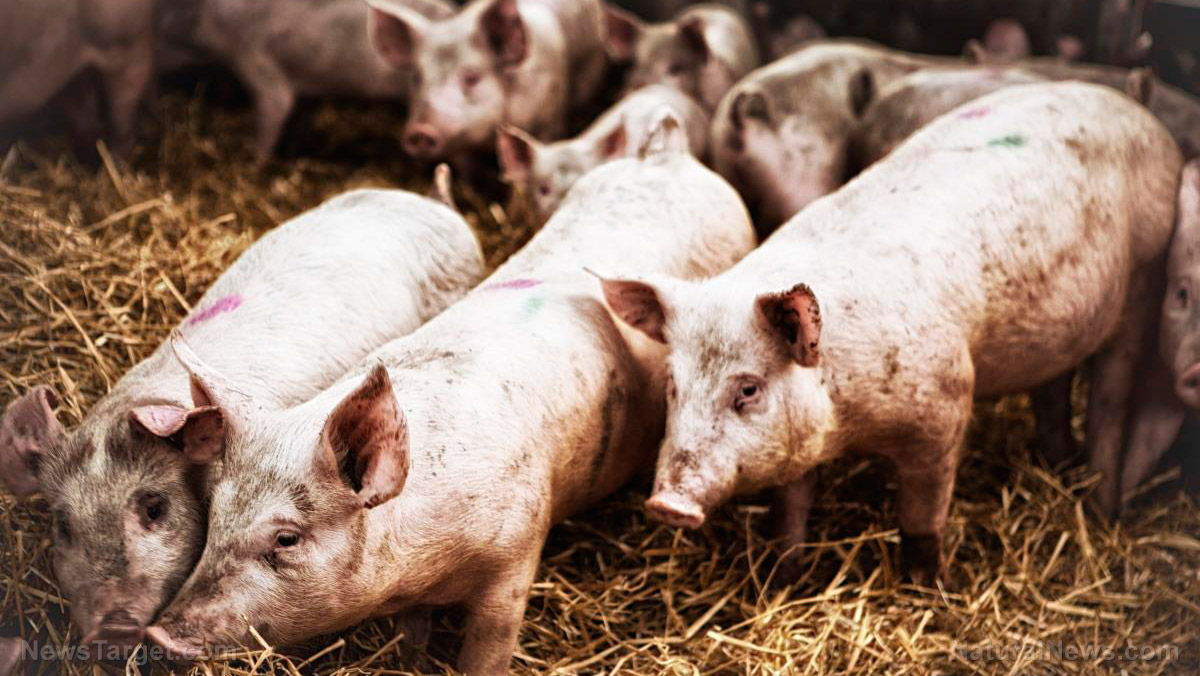
A lot of perfectly good food goes to waste every day, especially in developed countries. Researchers believe that some of that food waste can be converted into animal feed for livestock, a biological means of recycling food into a fresh supply.
Redirecting otherwise wasted food to animals would reduce pollution associated with this wastage. It would also improve food security by improving an existing source of food. Finally, it would conserve the resources spent on growing, preparing, and transporting the food in the first place. The production of food uses up finite resources such as land, power, and water. It also causes significant amounts of pollution and other environmental damage.
Food waste puts all of that effort and expenditure to naught. Therefore, instead of producing more food that will get spoiled and lost, reducing wastage would be a more effective means of expanding the food supply and improving food security. To achieve the biggest effect, one must target the biggest source of food waste: The consumption stage at the very end of the food chain. Businesses and homes account for much of the wasted food that ends up in landfills. (Related: Food waste being recycled to become consumer products.)
Recovering food waste for animal feeding
A number of options have been put forward to resolve this. The only one that directly tackles sustainable food security is “ReFeed,” where food waste is fed to animals.
ReFeed is a fancy term for an ancient practice. Inedible or unpalatable food is given to livestock such as cows and pigs. The animals serve as bio-processors that turn food waste into fresh consumables.
The practice was displaced by intensive animal feeding operations. However, ReFeed is making a comeback as farming operations are returning to sustainable food production that minimizes environmental damage.
Researchers from the University of Pennsylvania and Rutgers University analyzed ReFeed as a strategy for sustainable food security and waste management on both the national and global levels.
First, they evaluated the nutrients from consumption-stage food waste. They determined that food waste provides the right nutrients to livestock. The former was even more nutritious than grain animal feed.
Adding food waste to the diet of animals seemed to have different effects based on various factors like species and substitution rate. However, pigs that ate food waste produced pork with pretty much the same taste and texture as meat from conventionally-fed counterparts.
The researchers also determined that food waste needed heat treatment before it was fed to animals. They identified three treatment methods – wet-based, dry-based, and fermentation – that offered different cost-effectiveness depending on location.
ReFeed generates less pollution, uses fewer resources, and is safe
A comparison between the pollution generated by food waste treatment and those from other waste management methods showed that ReFeed-related processes generated much less emission than landfills. They matched those from anaerobic digestion, composting, and incineration.
The researchers also reported that feeding food waste to livestock could reduce the cropland taken up by animal feed. ReFeed partially replaced feed grain that would normally use up resources.
Based on existing health and safety regulations, the ReFeed practice is considered safe for animals and humans, especially if it is correctly managed. Concerns include stereotypes about feeding garbage to animals and the logistics required to collect, transport, and handle food waste.
Finally, the researchers found that feeds derived from food waste (FDF) are cost-effective for farmers. ReFeed is cheaper than conventional animal feed; the former also reduces the need to grow the latter.
They concluded that recycling food waste as animal feed is a strong option for amending the ongoing food security crisis.
Hungry for more articles that will help you secure your own food supply? Visit FoodSupply.news.
Sources include:
ReFed.com [PDF]
EPA.gov [PDF]
Tagged Under: Animal Feed, food security, food security crisis, food waste, livestock, reduce food waste, reducing food waste, stopping food waste


